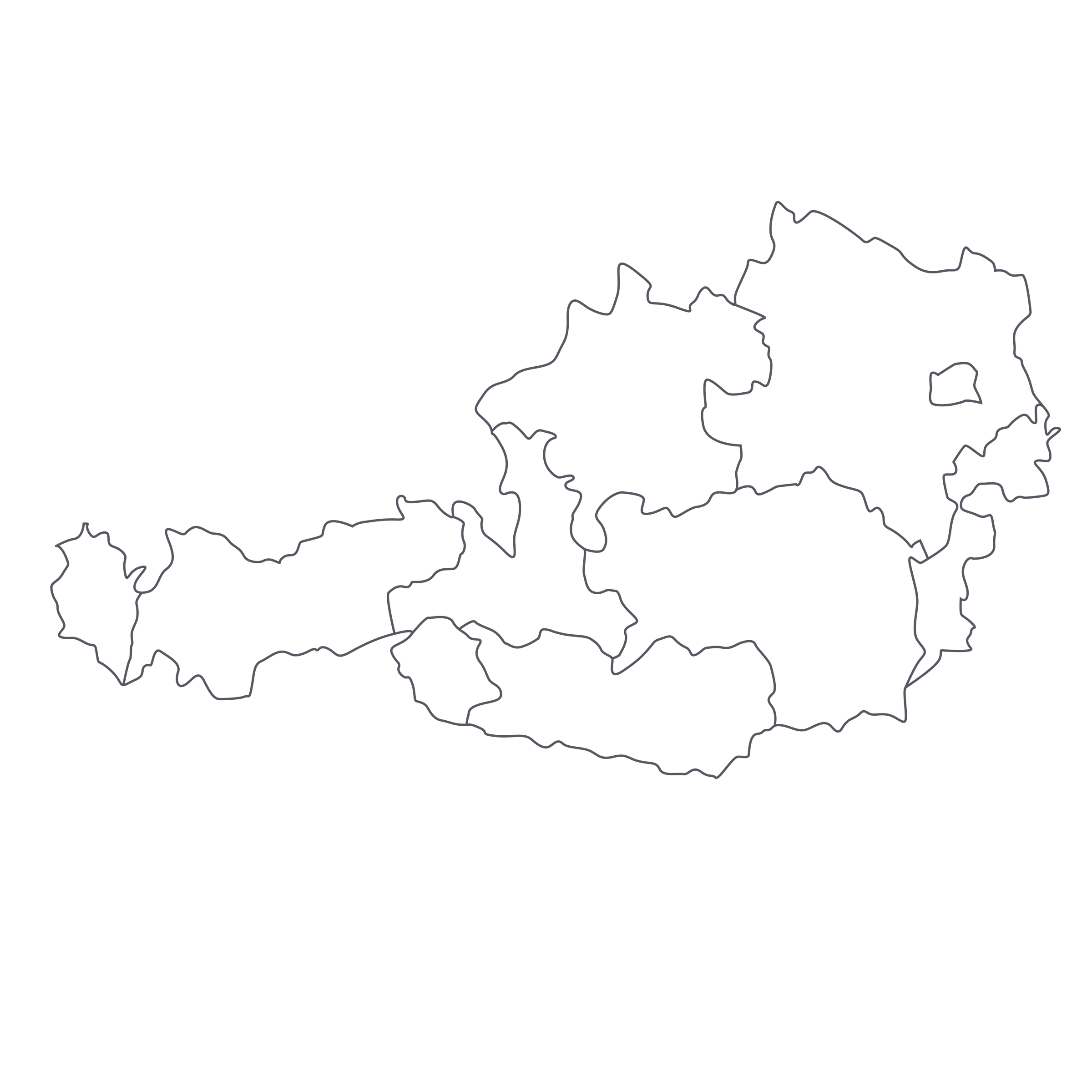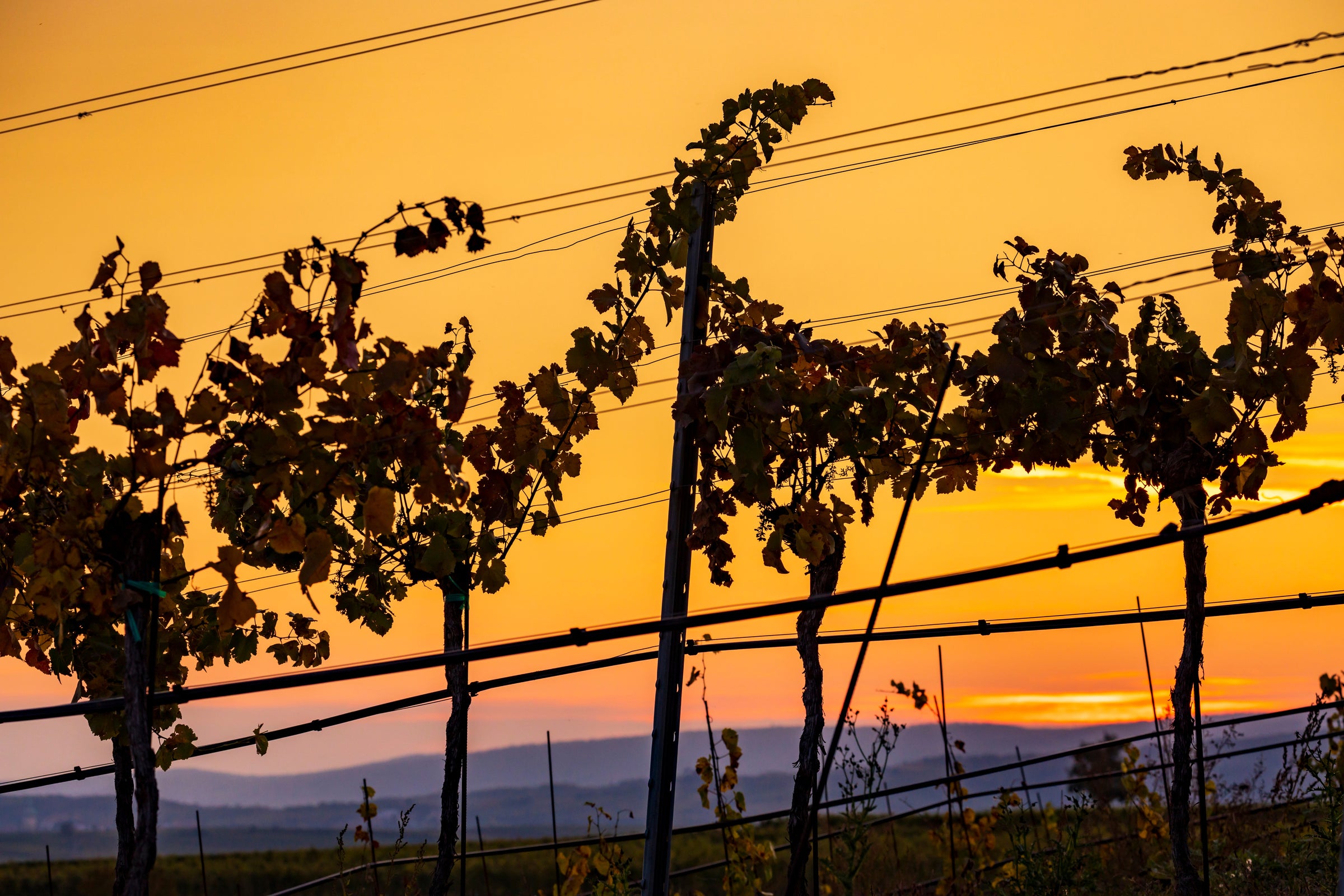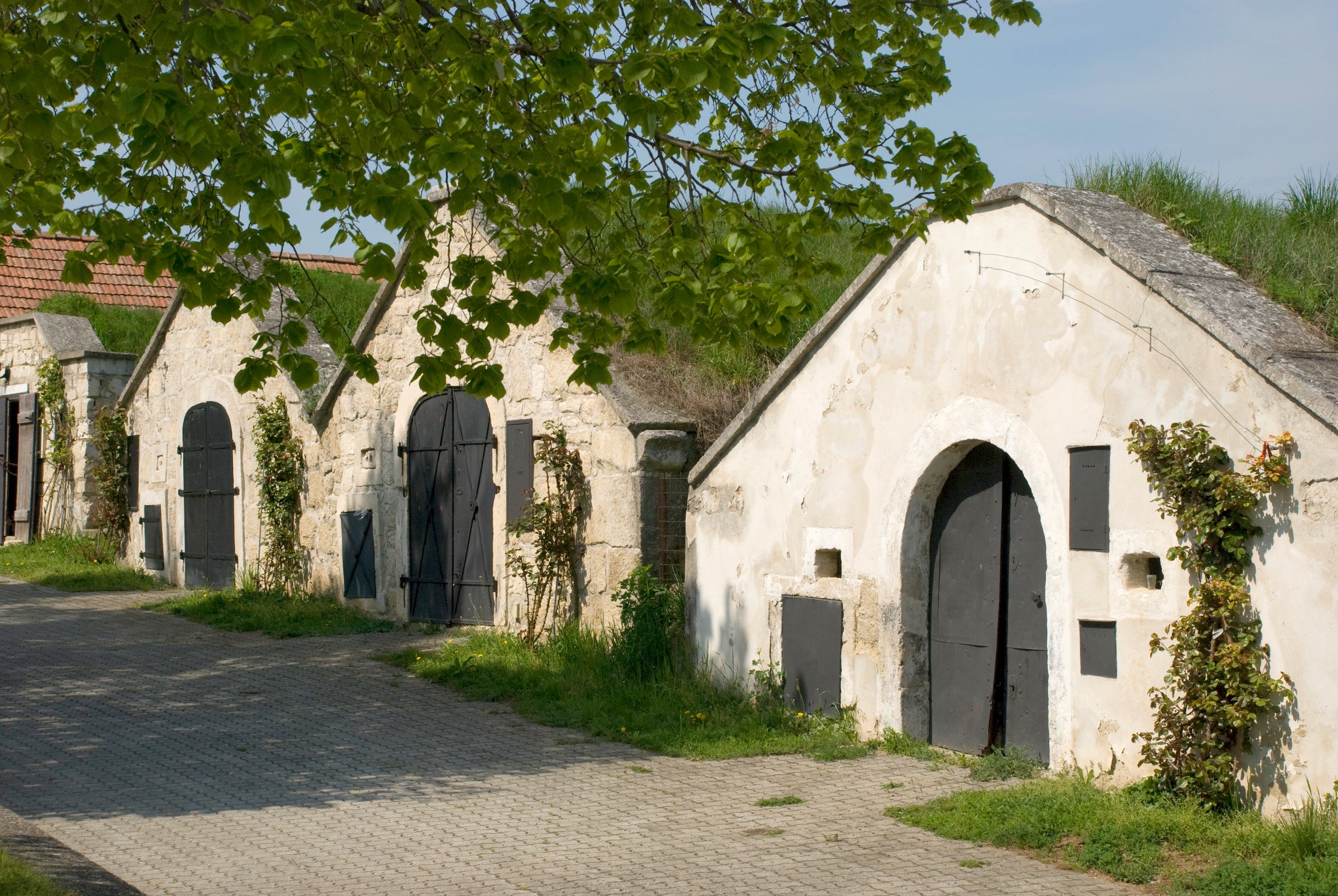Most of you are well aware of our deep heartfelt affinity for Austrian white wines. The greatest examples hail from Niederösterreich, or Lower Austria, where the Kremstal, Kamptal and the Wachau regions combine to form a trifecta of Austria’s most profound white wines. These three neighboring appellations rest along the River Danube, roughly an hour north of Vienna, and deliver incredible expressions of Riesling and Grüner Veltliner.
Today’s bone-dry 2013 Riesling is from Weingut Malat in the Kremstal where the family has been crafting world-class wines for nearly three centuries. The 2013 vintage is one of my favorite of the past decade and delivers serious concentration, tension, and a depth of minerality that is a true testament to the region’s unique terroir. At just over $20 a bottle, this will take your taste buds on a ride unlike anything else in the world at a truly exceptional value.
The Kremstal, meaning The Valley of Krems (the town which functions as the hub of the appellation), is situated along the banks of the River Danube and borders the Wachau region. The Malat Family’s Estate, near the village of Furth-Palt, lies between Krems and the famous Göttweiger Berg, a small mountain which dominates the landscape and where this particular Riesling is sourced from. It is here that the warm Pannonian influences from the west meet the cooling winds from the Waldviertel forests to the north. This unique microclimate, only enhanced by the moderating influence of the swift-moving Danube, delivers an environment where the grapes ripen to perfection due to the constant sun yet maintain an ideal tension and acidity from the cold evenings. The geology boasts a combination of primary rock and loess with some loam and gravel, a product of many factors including ancient, windblown glacial deposits from the last ice age. The roughly 40-year-old vines deliver a Riesling of broad texture, mind-bending minerality, and a piercing freshness that we all crave from benchmark Austrian examples.
I have journeyed to this special stretch of Austrian wine country many times over the years and my visit with the Malat family was truly one of the most memorable experiences. Founded in 1722, Weingut Malat has been making wine in Kremstal for ten generations. Although known for crafting the first estate-bottled sparkling wine, or sekt, in Austria back in 1976, the Malat name has become synonymous with world-class wines across the board. Gerard Malat brought the family to the pinnacle of Kremstal wine production during his tenure and his son, Michael, has pushed the envelope for quality even further. The family estate is worked entirely by hand and is farmed with organic and sustainable practices, resulting in unadulterated varietal purity and expression of terroir. Inside their deep, damp cellar that snakes far below the family vineyards, the hand-harvested fruit is softly pressed into climate-controlled stainless steel tanks where it undergoes fermentation. The wine is then settled in large neutral oak barrels to age before bottling without filtration. The result exemplifies why Austrian white wines have found a place on just about every great Michelin starred tasting menu in the world. This wine is a true chameleon within the world of food and wine pairings.
The 2013 Kremstal Riesling displays a pale golden yellow core with green reflections on the rim. This classic Austrian Riesling nose charms with aromas of green and yellow plums, green apple core, green papaya peel, and lime blossoms laced with fragrances of cucumber peel, white pepper, white peony, lees, a touch of petrol, and slightly crushed white rock. The palate delivers incredible texture and focused minerality that awakens your taste buds to flavors of green peach, green apple, green plum, cucumber, white pepper, and light essence of quintessential petrol, typical to Riesling. For optimal results, decant for 20 minutes and serve in all-purpose stems between 45-55 degrees. As the wine warms, more complex aromas will emerge – so don’t serve this beauty too cold. Again, a true chameleon with food, this wine will pair with just about anything. My favorites are Cantonese, Thai, Japanese and any classic Austrian dishes you feel inspired to throw its way. On a cool summer afternoon, serve this wine chilled with
the New York Times recipe for Vietnamese Beef Salad for a unique taste experience that will be truly memorable.






